After The Launch Of GeForce Now, Google Stadia Needs To Step Up Its Game
After spending a long time in beta, NVIDIA's GeForce Now streaming platform officially launched to everyone earlier this week. With that launch, the video game streaming wars heated up significantly. Before the launch of GeForce Now, Google Stadia was more or less the only player officially in the game, but now it has some serious competition.
GeForce Now, of course, isn't the sole competitor to Stadia. There are others that are either vying for a slice of the game streaming pie or soon will be. Microsoft has its Project xCloud platform, but at the moment, that's only in limited testing on Android devices. PlayStation Now has been available for years, and even though Sony cut the service's prices around the time Stadia launched, PS Now is limited only to PlayStation games.
When it comes to competition in the PC streaming space specifically, it's GeForce Now and Stadia going head-to-head at the moment. While the two services aren't exactly the same, there are enough similarities between the two to warrant comparison, and that should make Google afraid.
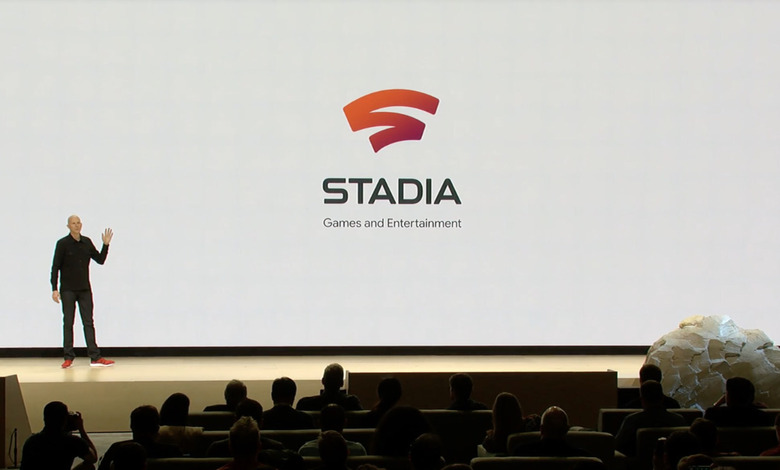
It's hardly a secret that the launch of Google Stadia has been lackluster, to say the least. Google's launch strategy for Stadia was confusing at best, as the company seemed to heavily tout the fact that Stadia would be free to use but then required early adopters to buy a $130 Founders Edition. Google only said that the free Stadia tier would go live at some point this year, but as of today, we still don't have a launch date for that.
Since launch, Google has been building out the feature set of Stadia, but it's been a slow process. The features it's been experimenting with are arguably ones that should have been part of Stadia from day one, which leaves me feeling that Stadia was rushed to market.
That may have been okay when Stadia was the only horse in the race, but suddenly, it no longer is. Now it has to face competition from GeForce Now, and as someone on the outside looking in, there are a number of things that make GeForce Now more attractive to me.
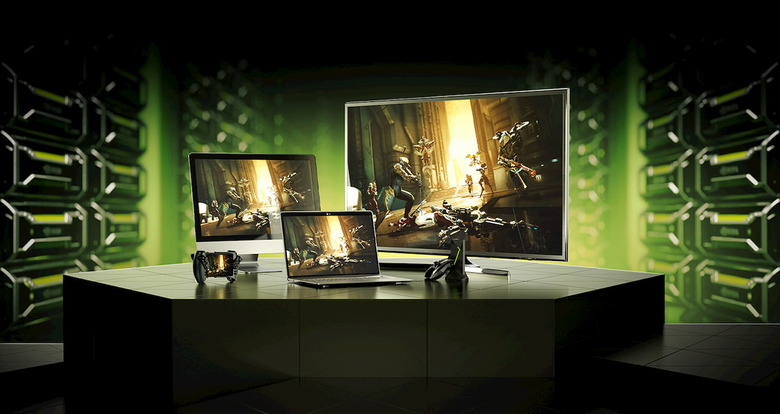
The first is that GeForce Now has some compatibility with my existing library of games, whether I purchased those games on Steam, Battle.net, or the Epic Games Store. Not every game is supported by GeForce Now – not even close, in fact – but the important thing is that I'm not building a library within GeForce Now. With Stadia, I'm purchasing games through Google and effectively starting over when it comes to building out my collection.
READ MORE: Google Stadia Review
For someone who is using Stadia as a way to get started with PC gaming when they otherwise would have stuck to consoles, that might be okay, but for someone like me who has been playing on PC for years and has an extensive collection already, GeForce Now seems like the more attractive service, even considering the fact that it doesn't support all of the games in my library.
There's nothing inherently wrong with the way Google Stadia is doing business; after all, each console maker has its own store, and here on PC, there are dozens of digital stores to choose from. However, as I've brought up in the past, I'm worried about what happens if Stadia doesn't meet Google's expectations. Google has had no problem axing underperforming apps and services before, and if that should happen with Stadia at some point in the future, I'm guessing that access to the games users have purchased would go away too.
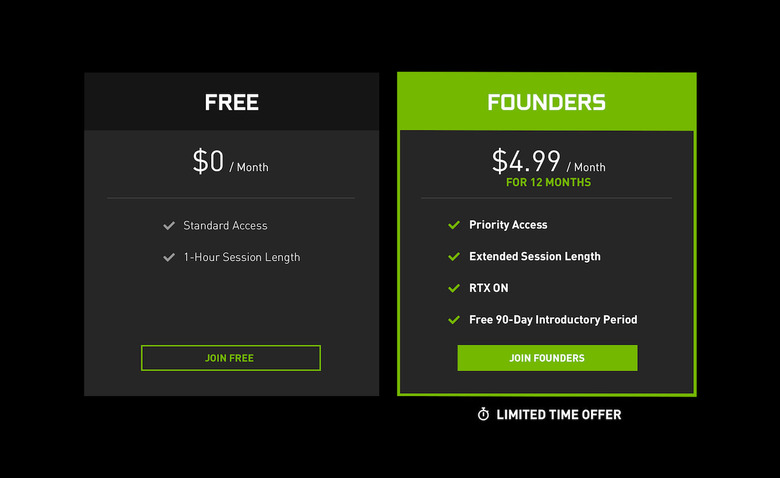
This is another important distinction between Stadia and GeForce Now: there's no uncertainty concerning the future of my games. If GeForce Now goes belly-up, the only thing that changes is that I can no longer use it to stream the games I already own. If Stadia goes belly-up, I'd not only lose that, but possibly access to the games I paid for while using the service.
There's no denying that Google is taking a big risk with Stadia. It's venturing into mostly uncharted waters by launching a game streaming service after a number of other companies have failed. Google has some insulation from failure thanks to the fact that it's one of the richest companies in the world, but even that massive war chest can't guarantee that Stadia will be a success.
Granted, whatever happens in the event that Stadia shuts down is all just speculation on my part. Google may never shut Stadia down, even if it doesn't take off in the way it's hoping, and if it does, it may decide to allow users to download their games before pulling the plug. There's no way to know what will happen until the day comes, if it ever does at all.
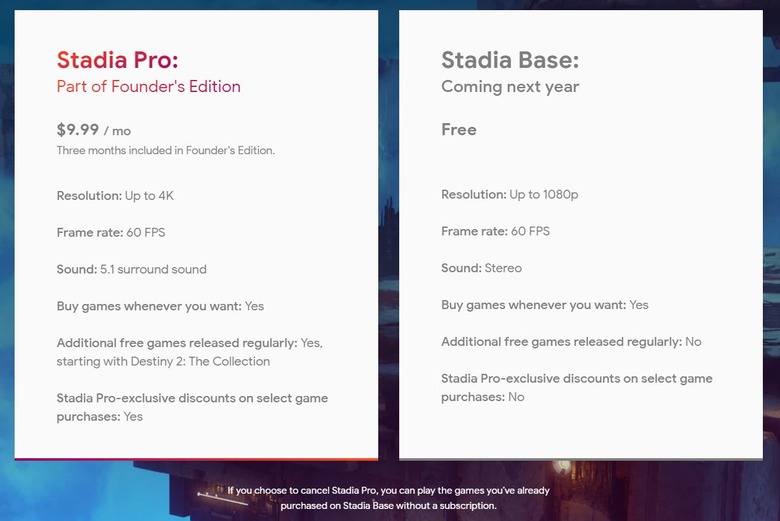
But even without the fear that Google might someday shut Stadia down and cut people off from their games, GeForce Now still has a big – if momentary – edge over Stadia: price. If you want to stream games through Stadia at the moment, you not only need to buy that $130 Founder package I talked about earlier, but you'll also need to pay Google $10 per month for Stadia Pro. Google hasn't seen a monthly payment from Founders Edition users yet since it gave them all three months of Stadia Pro for free, but for day-one buyers, those three free months are running out February 20th.
Until Stadia's free tier launches at some point this year, Stadia Pro is required to stream games. At launch, the premium tier of GeForce Now is undercutting Stadia by running $5 per month. NVIDIA says this price will increase next year, but for now, GeForce Now is the less expensive service. GeForce Now even offers a free tier, and though that admittedly has a several big restrictions, it is a way for users to try before they buy. I was convinced that Stadia needed its free tier available from day one, and now that GeForce Now is here, I think that's even more true.
Wrap-Up
In fairness to Google, there are some issues with GeForce Now. There are queue times if NVIDIA's servers are overloaded, though users who subscribe to GeForce Now's Founders tier get priority access during those times. There are also limits on play session length – for users, that's a mere one hour, while paying customers get to play for up to six hours at a time.
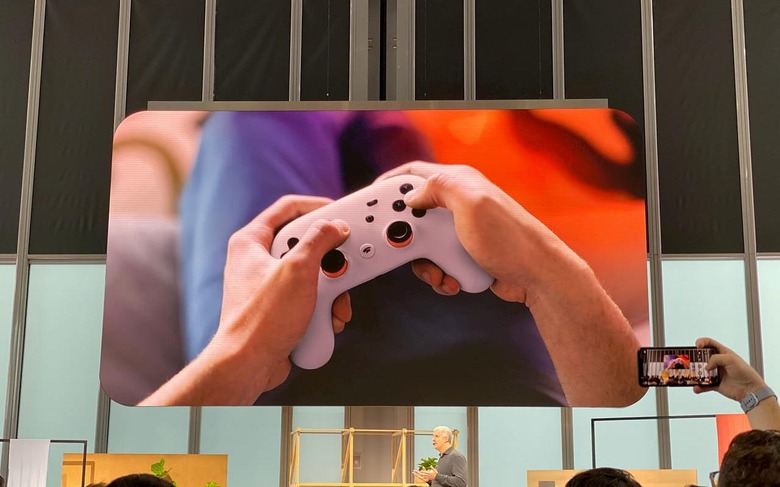
While there are similarities between Stadia and GeForce Now, they're also attempting to do different things, so direct comparisons don't always work. With that said, GeForce Now and Stadia are similar enough that those interested in PC gaming may end up choosing between the two, and with the way things are for Stadia at the moment, that's something Google probably doesn't want.
Google should definitely be taking the arrival of GeForce Now seriously, even if the two services can co-exist (and they certainly can). GeForce Now's launch should make Google realize that it needs to step up its game, because presumably, more direct competitors like Project xCloud aren't that far off, and Google definitely doesn't want to be offering a sub-par experience in Stadia when something like xCloud launches.
